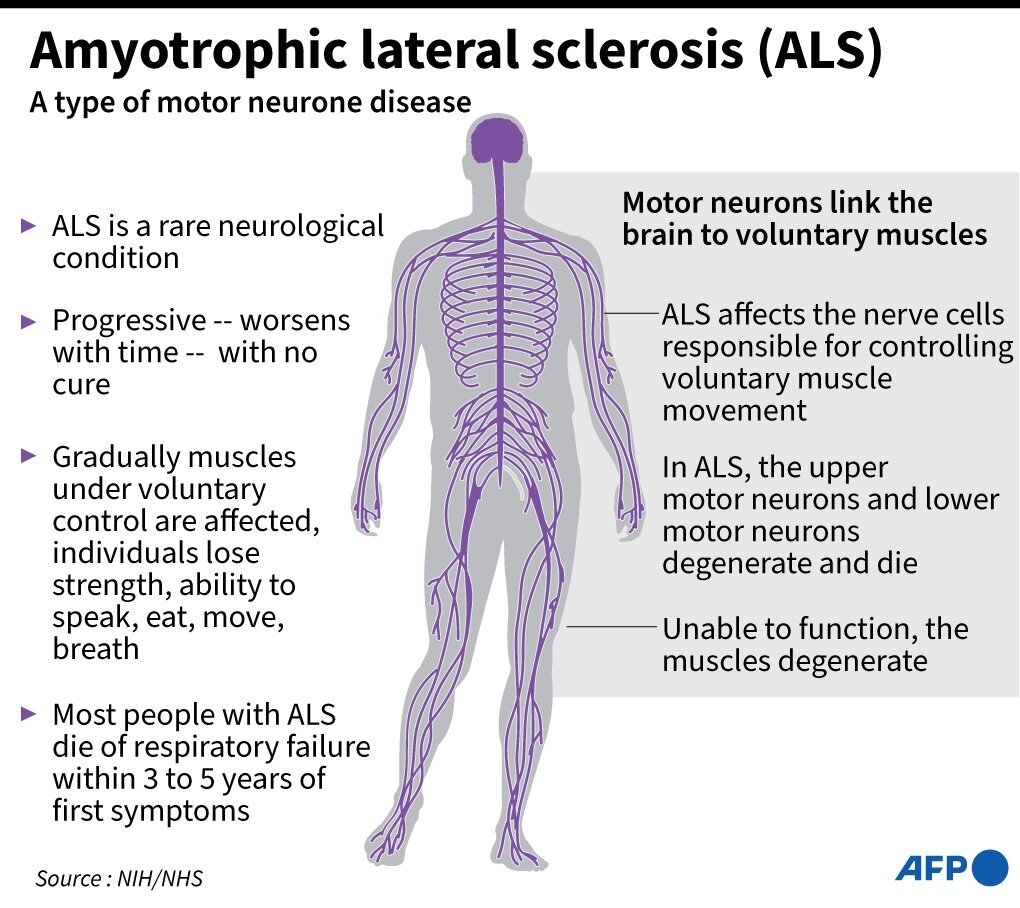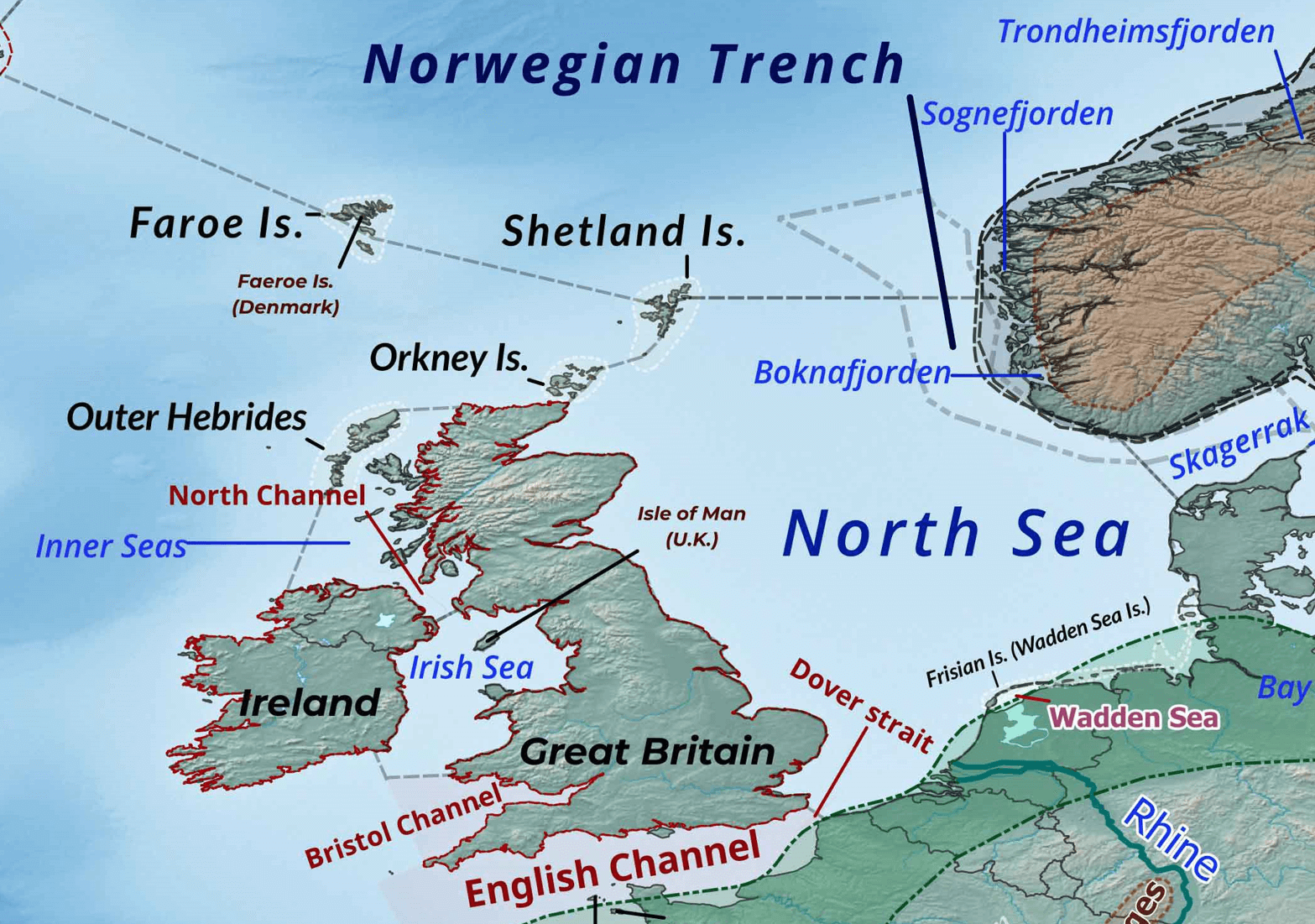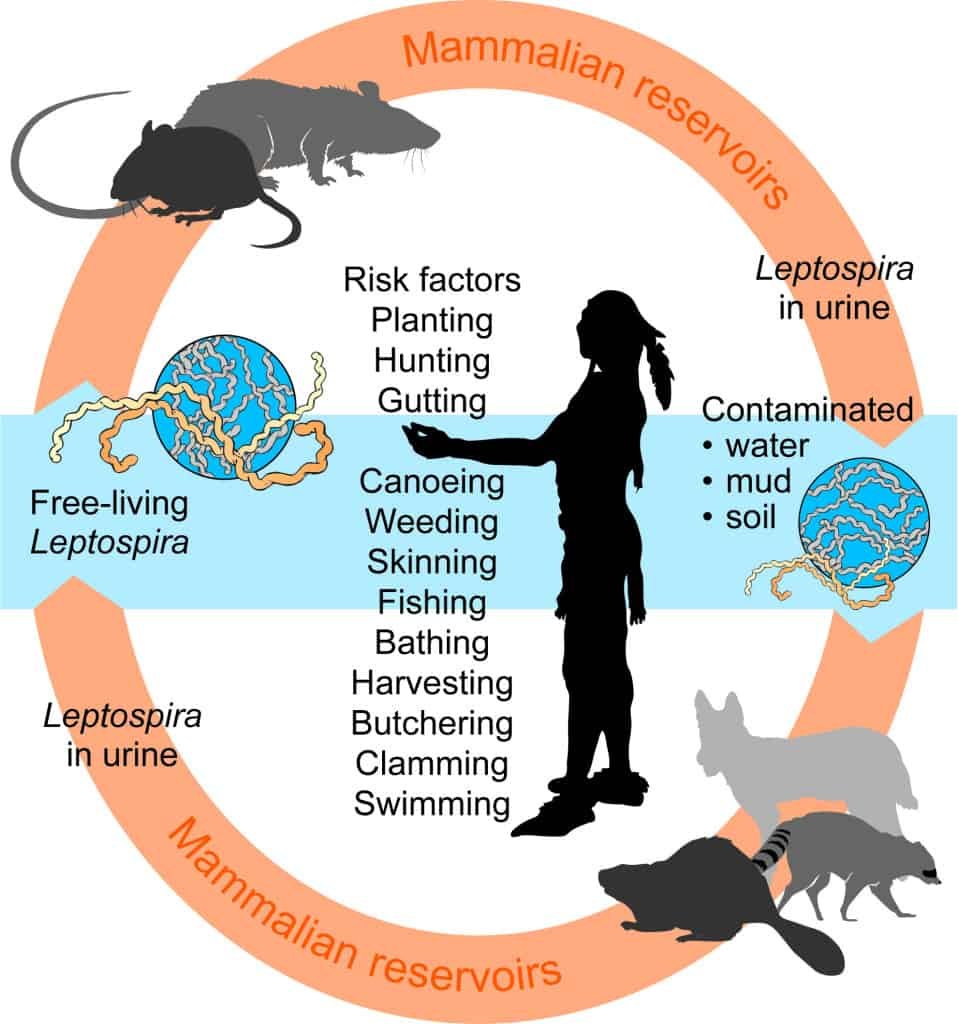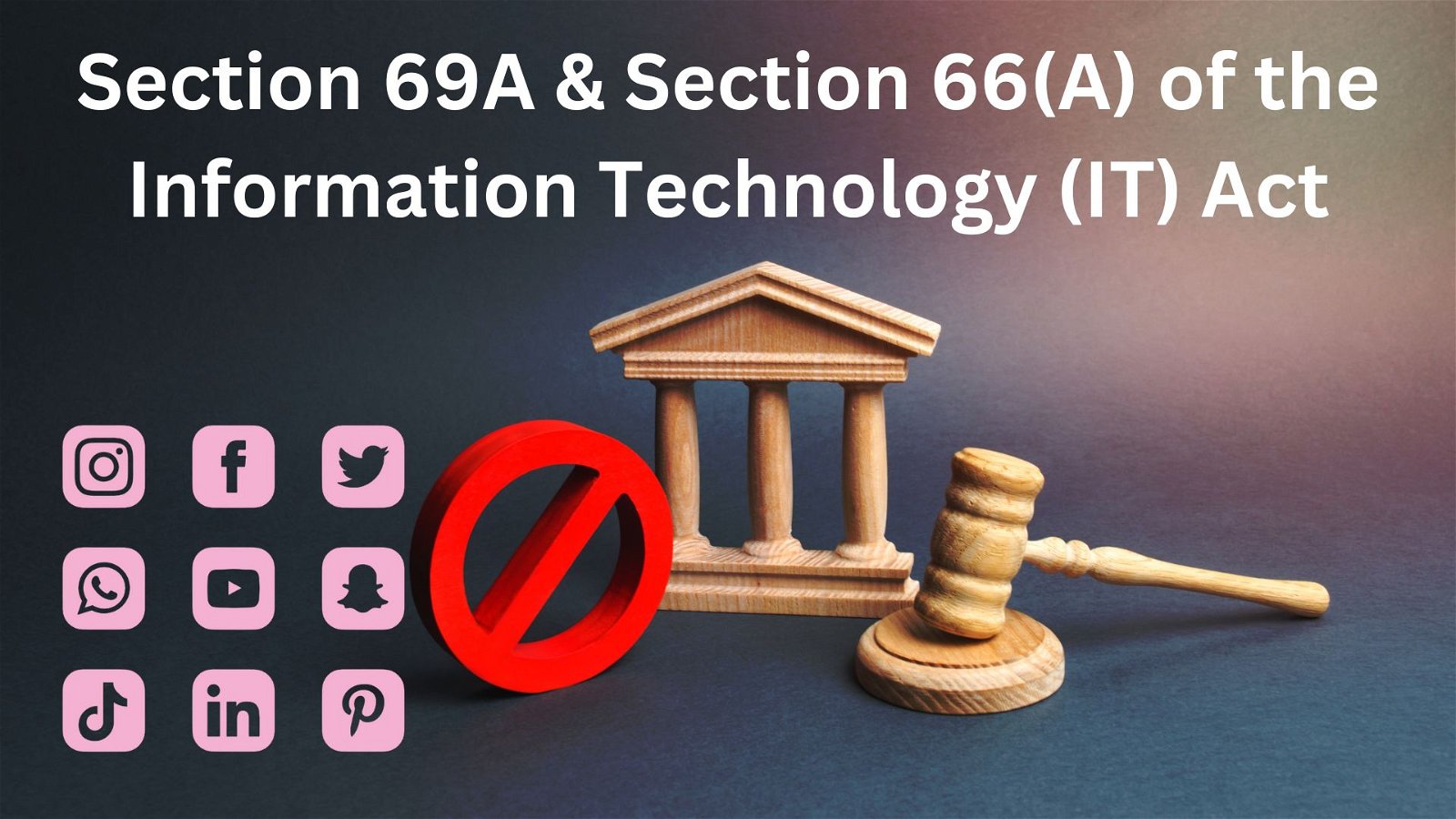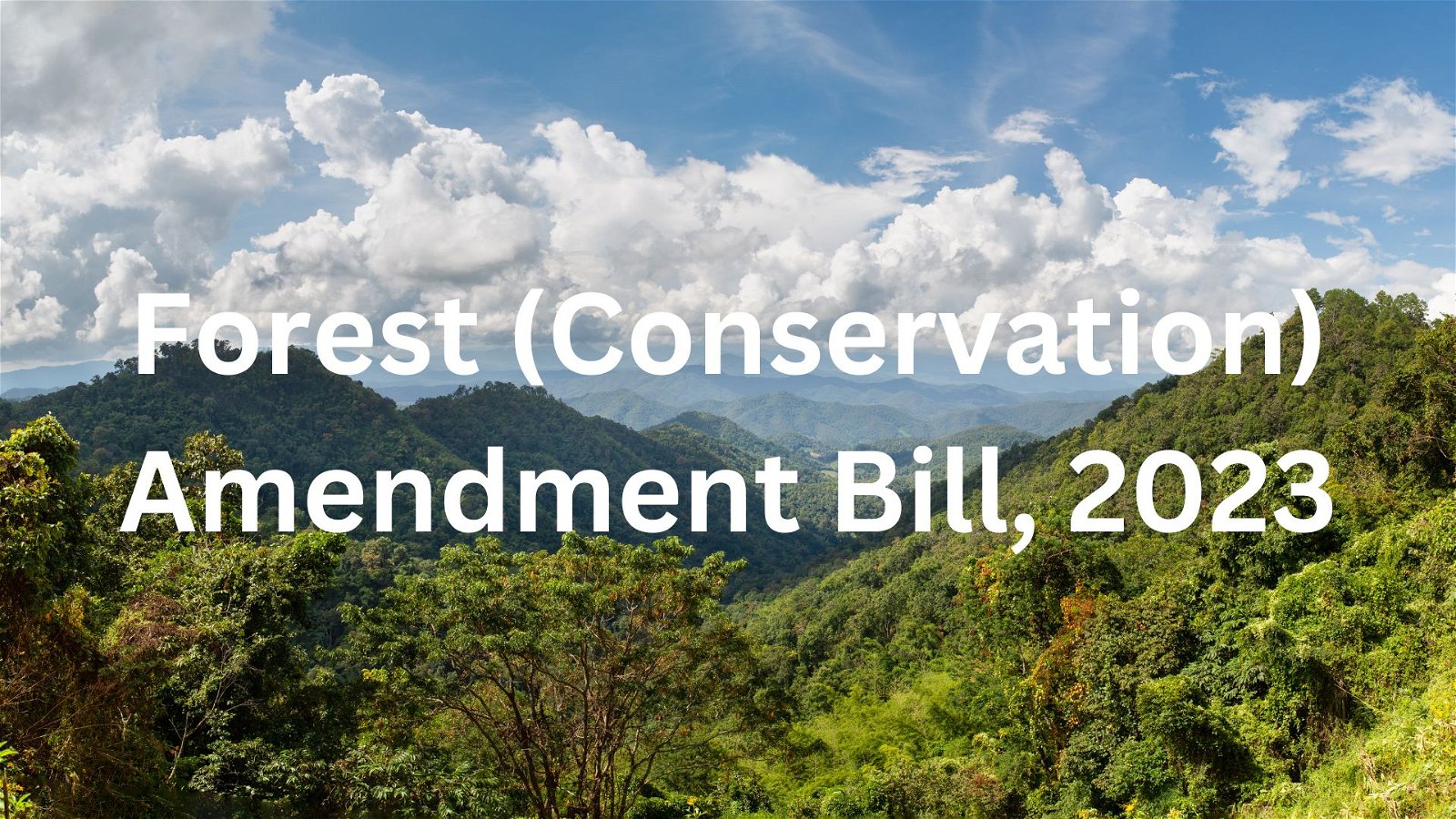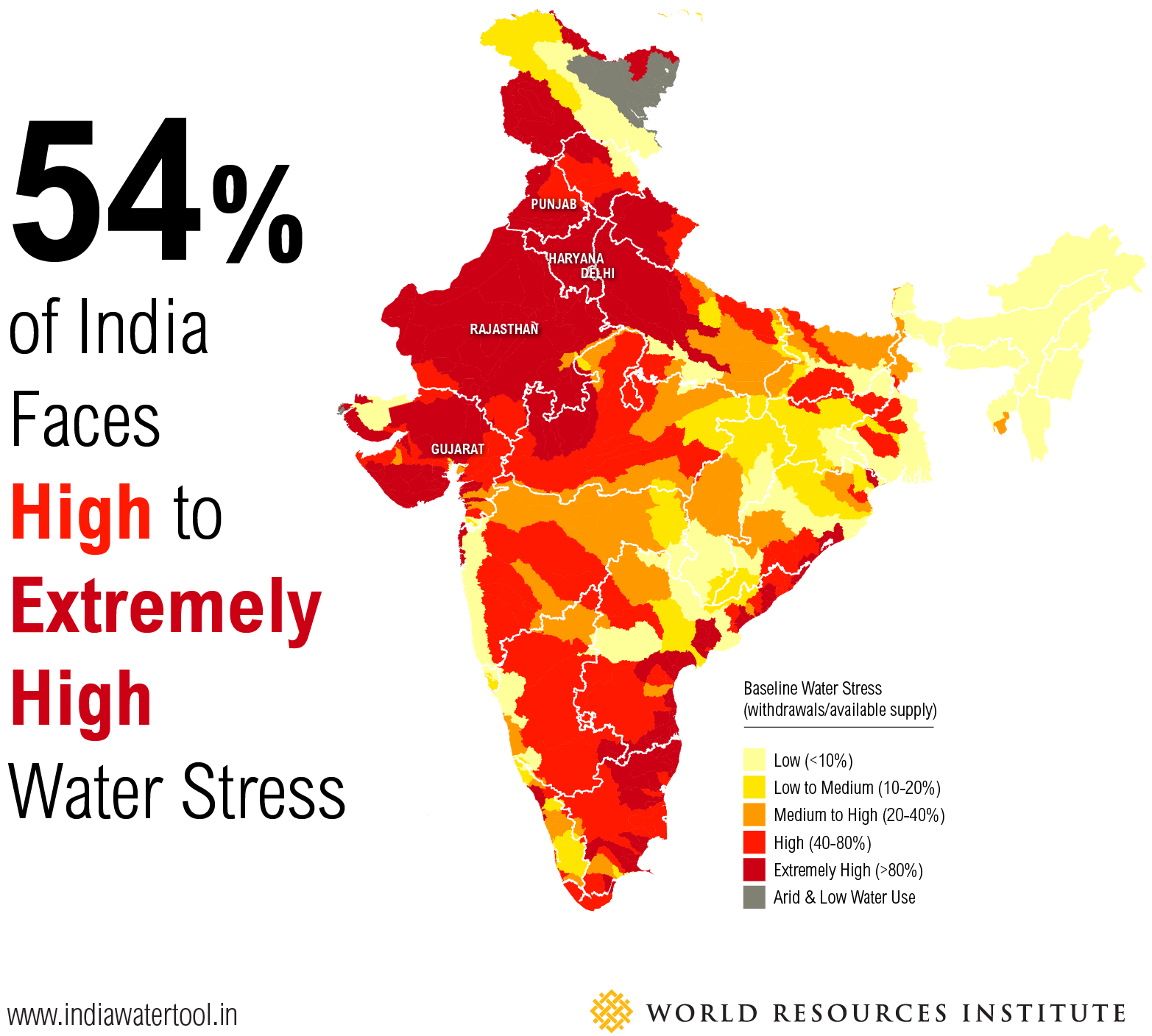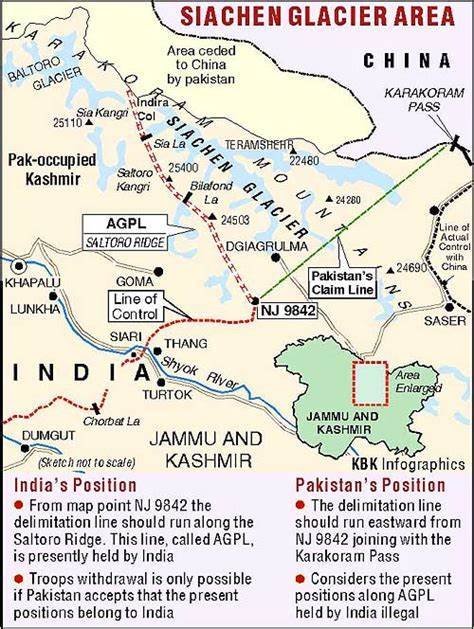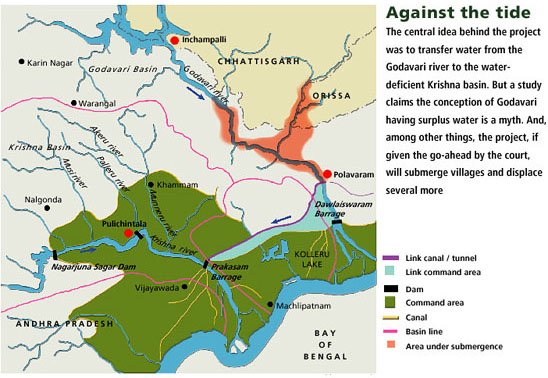
Current Affairs August 20-21, 2023: Sapphire Mines, Hurricane Hillary, Seventh Schedule of the IC, GIDH, BRICS, Pilot Fatigue, Warehouse Receipt, PM-AASHA, 3-D Printed Post Office, Megalithic Structures, Yellow Legged Hornet, White-Bellied Sea Eagle, NAMOH 108
Subscribers of "Current Affairs" course can Download Daily Current Affairs in PDF/DOC
Subscribe to Never Miss an Important Update! Assured Discounts on New Products!
Must Join PMF IAS Telegram Channel & PMF IAS History Telegram Channel
{GS1 – Geo – EG – Mineral Resources – 2023/08/21} Sapphire Mines
- Context (AIR I HT): In J&K, Sapphire mines, of Paddar in Kishtwar district will be auctioned in a scientific way to boost the local economy.
About Sapphire
- The word Sapphire comes from the ancient Latin and Greek used for term “blue”.
- Sapphire is a type of mineral called “Corundum”, which is composed of aluminium oxide.
- Corundum can have various colours, such as red, pink, yellow, orange and violet, besides blue.
Distribution

- Sri Lanka remains a major source of natural sapphire, which is founded in many parts of the world.
- Corundum, the mineral that sapphire belongs to, is also present in India along with kyanite and sillimanite in the states of Assam, Meghalaya and Maharashtra.
- Syenites and ultrabasic rocks in Telangana contain corundum as well.
- The estimated reserves/resources of Sapphire in India are 450 kg, all of which are in the ‘Remaining Resources’ category and are located in J&K.
Uses
- Sapphire has emerged as a versatile material useful to a range of industries in many varied applications including LEDs, Optical and Radio Frequency Integrated Circuits.
Why is Kashmir sapphire famous?
- Kashmir Sapphire is famous for its exceptional quality, rarity, and beauty.
- Kashmir sapphire was discovered in the late 19th century in the remote Zanskar range of the Himalayas, and the original mines were soon exhausted.
- Since then, only a few new sapphires have been found in Kashmir, making them extremely scarce and valuable.
- Kashmir sapphire is also highly sought after because it is usually untreated, unlike most of the sapphires on the market that are heated to improve their colour.
- It is also known to produce asterism or a star effect when cut as a cabochon.
- This is caused by the reflection of light from microscopic particles aligned along the crystal axes.
|
{GS1 – Geo – PG – Climatology – 2023/08/21} Hurricane Hillary
- Context (IE): Hurricane Hillary in a unprecedented way battering California and Mexico.
- As per latest estimates, the hurricane will make landfall in the Baja peninsula in Mexico.
- Tijuana, a border metropolis in Mexico, is at risk of landslides and flooding, because of its hilly terrain, extremely high density of population, and poor quality of housing and infrastructure.
Tropical Cyclones
- A cyclone is a system of high-speed winds rotating around a low-pressure area (developed over warm waters). It blows counter-clockwise in the Northern Hemisphere and clockwise in the Southern Hemisphere.
- Tropical cyclones are cyclones that originate over tropical oceans in late summer.

Why Hurricane Hillary is Unprecedented/Rare?
- Hurricane Hillary is Category 4 storm that have formed over the eastern Pacific Ocean and is currently inland over California.
- Though Florida, Louisiana and Texas on the Gulf of Mexico, face the havoc of hurricanes, but California and Mexico in the west, seldom faces it.
Reasons Why East Pacific coast Seldom Sees Tropical Storms and Hurricanes
Ocean Waters Temperature
Ideal Condition
- Ocean waters must be above 26°C, so that, they can act as the source of moisture for the storm.
- The condensation of moisture releases enough latent heat of condensation to drive the storm.
- Below this threshold temperature, hurricanes will not form or will weaken rapidly.
East Pacific Coast Condition
- East Pacific Coast (or Western US coast) remains below 26°C during the hurricane season.
- This happens because the cold current steers colder water from higher latitudes toward equatorial regions along the East Pacific coast.
Vertical Wind Shear
Ideal Condition
- Wind shear means differences between wind speeds at different heights.
- Hurricanes develop when the wind shear low.
- They can’t emerge if the upper level wind shear is strong as it destroy the storms structure by displacing the warm temperatures above the eye and limiting the vertical accent of air parcels.
East Pacific Coast Condition
- Wind shear in the eastern Pacific is much stronger than the Gulf of Mexico, causing less frequent hurricanes along the western coast.
Wind Steering Patterns
Ideal Condition
- Wind steering in the context of hurricanes refers to the process by which the movement and behavior of a hurricane are influenced by the surrounding atmospheric flow patterns.
- For a coast to be hurricane-prone, the wind steering pattern must direct the hurricanes toward it.
East Pacific Coast Condition
- Trade winds play a crucial role in directing hurricanes in the Pacific Ocean and they divert hurricanes away from the Pacific East coast (or Western US coast).
Other Ideal Conditions Necessary for the Formation of a Tropical Cyclone (or Hurricane)
Presence of the Coriolis force enough to create a cyclonic vortex
Low-pressure Area
Upper-level divergence
Temperature Contrast Between Air Masses
|
{GS2 – Education – Issues – 2023/08/21} TN CM Wants Education Back in State List
- Context (TH): The Tamil Nadu CM called for transferring education back to the State List of the Seventh Schedule of the Constitution.
- The CM’s remarks came in the aftermath of the TN Governor declining to provide his assent to the TN State government’s bill seeking exemption from the NEET.
National Eligibility and Entrance Test (NEET)
- It is an all-India entrance test for admission to undergraduate medical courses.
- NEET has been conducted since 2013.
Issues
- Some States are opposing the NEET on the following grounds:
- NEET fosters inequity and benefits affluent candidates who can afford expensive coaching.
- The centralised admission test causes a monetary burden and inconvenience for students.
- The national level tests favour students from the Central Board of Secondary Education (CBSE) (Close to 59% of the shortlisted students in IIT JEE were from the CBSE Board alone).
- It undermines the autonomy of the States on education matters.
(Update) Exemption for TN
- Is it possible to exempt Tamil Nadu from NEET for admissions to medical courses?
- Yes. If the President gives a nod to TN government’s Bill to exempt TN from NEET, TN will be exempted and will have state level exam for admission to medical courses.
Education in India
- The IC, in its original enactment, defined education as a State subject.
- The 42nd Constitutional Amendment Act of 1976 moved education to the concurrent list.
- The 86th Constitution Amendment Act inserted Article 21A in the IC, making education a Fundamental Right for Children aged 6 to 14 years.
- Right to Education (RTE) Act, 2009, provides free and compulsory education to all children aged 6 to 14 years.
Education as a concurrent subject
- It allows for flexibility and coordination between the central and state governments.
- It enables the central government to set specific national-level educational standards and policies while permitting states to address local needs and issues in education.
Seventh Schedule of the IC
42nd Constitutional Amendment Act of 1976
|
{GS2 – Health – Initiatives – 2023/08/21} GIDH
- Context (WHO | TH): The World Health Organization (WHO) and the G20 India presidency announced a new Global Initiative on Digital Health (GIDH).
- Global Initiative on Digital Health (GIDH) is a WHO-managed network (Network of Networks) of stakeholders to facilitate:
- Implementation of the Global Strategy on Digital Health 2020-2025.
- Other WHO norms and standards for Digital Health System Transformation.
- It is a platform to enable a global ecosystem to work collectively to promote country capacity and strengthen international cooperation in digital health.
- It will promote equitable access to digital health by addressing challenges such as duplication of efforts and “products-focused” digital health transformation.
Four foundational pillars

- Country Needs Tracker: GIDH will ensure that digital health investments are informed by country priorities.
- Country Resource Portal: It will analyse the resourcing gaps in digital health.
- Transformation Toolbox: Quality-assured tools and resources will strengthen the country’s capacity to manage its national digital health transformation journey.
- Convening and Knowledge Exchange: Promoting strengthened collaboration and knowledge exchange across global, regional, and national networks in digital health.
GIDH and G20 Theme
- GIDH will ultimately aim to align efforts to support the Global Strategy on Digital Health 2020–2025.
- This sharing approach is linked to India’s philosophy of “Vasudhaiva Kutumbakam” (whole world is one family).
{GS2 – IR – Groupings – 2023/08/21} BRICS
- Context (TH): PM Narendra Modi is set to visit South Africa for the BRICS Summit.
- BRICS is a grouping of the world economies of Brazil, Russia, India, China, and South Africa formed in 2010.
Evolution of BRICS
- In 2001, British economist Jim O’Neill coined the term ‘BRIC’, standing for the initials of four emerging economies at the time – Brazil, Russia, India, and China.
- The leaders of BRIC (Brazil, Russia, India, and China) countries met for the first time in St. Petersburg, Russia in July 2006.
- In September 2006, the group was formalised as BRIC.
- The first formal meeting was held in 2009 in Russia. South Africa joined in 2010, expanding it to ‘BRICS’.
- Now, BRICS includes these five economies, representing:
- 42% of the world’s population
- 30% of the world’s territory
- 23% of global GDP
- 18% of world trade.
Rationale behind creating BRICS
- To counter the dominance of European and Western countries at international forums and institutions, such as the United Nations.
- To represent global south at the centre of international agenda-setting.
BRICS agenda
- The chairmanship rotates among the group annually.
- The Chair has to set the agenda, priorities, and calendar for the year.
- This year, the agenda of the 15th Summit is ‘BRICS in Africa: Partnership for Mutually Accelerated Growth, Sustainable Development and Inclusive Multilateralism’.
Importance for India
- The platform could be a means of establishing its larger efforts to represent the Global South.
- The Summit could move things along from a diplomatic perspective.
- This is the first in-person summit since the military standoff with China at the Line of Actual Control began in 2020. This meeting could resolve the LAC situation.
- Just over two weeks after the BRICS summit, India will host the G20 summit, and India will want to ensure full attendance by the leaders including all BRICS members.
|
New Development Bank (NDB/BRICS Bank)
Membership
Contribution and Voting
|
{GS2 – MoCA – Measures – 2023/08/21} Flight Duty Time Limitation
- Context (TH | IE): After instances of pilots dying of cardiac arrests and pilots complaining of fatigue, there are growing concerns regarding the adherence to Flight Duty Time Limitation (FDTL) norms.
What is Pilot Fatigue?
- Pilot fatigue (or flight crew fatigue) refers to the state of physical and mental exhaustion which results in impaired cognitive function, decreased alertness, and reduced decision-making abilities of the pilots.
- It is a significant concern in aviation safety.
- Key factors contributing to pilot fatigue include:
- Long Duty Hours
- Time Zone Changes
- Overnight Operations
- Unpredictable Schedules
- Pressure to Fly
- Sleep Disruption
- Cabin Conditions
Flight Duty Time Limitation (FDTL)

- FDTL is a set of regulations that limit the number of hours that pilots can fly and the number of consecutive days that they can work.
- These regulations are designed to prevent pilot fatigue, which can lead to accidents.
- The FDTL regulations vary from country to country.
- Smaller airports are usually more susceptible to FDTL-related disruptions because they are unlikely to have standby crew, and it is difficult to mobilise them at short notice.
Flight Duty Time Limitation (FDTL) in India
- In India, the FDTL regulations are set by the Directorate General of Civil Aviation (DGCA).
- The following are the FDTL regulations for pilots in India:
- Flight time: A pilot can fly a maximum of 8 hours in a day.
- Duty period: A duty period is the time from the pilot’s report time to the end of the flight. A pilot can work a maximum of 13 hours in a duty period.
- Rest period: A rest period is the time between duty periods. A pilot must have a minimum of 10 hours of rest between duty periods.
- Cumulative flight time: A pilot can fly a maximum of 35 hours in a week.
- Cumulative duty period: A pilot can work a maximum of 90 hours in a 28-day period.
- These are just the general FDTL regulations.
- There are specific regulations for different types of flights, like night flights and international flights.
{GS3 – Agri – Marketing – 2023/08/21} Warehouse Receipt
- Context (PIB): Warehousing Development Regulatory Authority (WDRA) organized one day conference on electronic-Negotiable Warehouse Receipts (e-NWR).
- Warehouse Receipt (WR) is a form of documentation used within futures markets to ensure the quality and quantity of a particular commodity stored within an approved facility.
- Instead of moving the actual goods under contract immediately, these receipts are used to settle futures contracts.
- It can be negotiable or non-negotiable.
Negotiable Warehouse Receipt (NWR)
- A warehouse receipt is negotiable if the goods are to be transferred to another party.
- Farmers can seek loans from banks against these receipts issued to them against their storage.
- These receipts issued by the warehouses registered with the WDRA.
Benefits of NWR
- It helps the farmers:
- To avoid distress sales of agricultural produce during the peak marketing season
- To avoid the post-harvest storage loss
- To increase the income
Non-negotiable Warehouse Receipt
- A warehouse receipt is non-negotiable if the goods are not transferable.
- It serves as proof of storage or possession.
Types of Negotiable Warehouse Receipt (NWR)
Paper based NWR
- WDRA initially implemented paper based NWR system. But there were many risks involved in the paper-based warehouse receipts. Such as:
- Risk of fudging, overwriting, damage, loss, etc
- Issuance of WR without receiving goods
- Issuance of duplicate WR without following the procedure
- Issuance of multiple WRs for the same stock
- Possible delivery of stocks without surrenders of warehouse receipt.
- So, in 2014-15, WDRA initiated the implementation of IT based platform for registration of warehouses and setting up Repositories for issuance of NWRs in electronic form (e-NWR)
Electronic NWR (e-NWR)
- It was launched in 2017.
- It can be used for deposit and withdrawal of commodities as well as trade transactions.
- It can be traded through off-market or online trading platforms.
- It has been integrated with the electronic National Agriculture Market (e-NAM) platform by providing an interface between e-NAM and repositories.
- It can be auctioned under certain conditions such as:
- Loan not repaid.
- Delivery not taken on expiry.
- Damage or spoilage of the commodity in the warehouse
{GS3 – Agri – Schemes – 2023/08/21} National Food Security Mission-Pulses
- Context (PIB | TH): Information regarding National Food Security Mission (NFSM)-Pulses and PM-AASHA was provided in the Rajya Sabha regarding pulses.
- Moreover, though the production of pulses is increasing in recent years, but, pulses prices may spiral this year due to deficient rain.
- Sown area for pulses has declined than last year and till now has not shown any recovery.

Pulses
- Pulses (or legumes) are the edible seeds of leguminous plants cultivated both for food and feed.
- Pulses are different from crops; pulses are harvested when the seeds become dry whereas crops are harvested when plants are still green.
- Dried beans, lentils, and peas are the most consumed types of pulses.
- Pulses do not include leguminous plants that are:
- Harvested green (e.g., green peas, green beans; these are classified as vegetable crops)
- Used for oil extraction (e.g., soybean and groundnuts)
- Used exclusively for sowing purposes (e.g., seeds of clover and alfalfa)
|

- Ideal growing conditions for pulses:
- Temperature: Between 20-27°C
- Rainfall: Around 25-60 cm
- Soil Type: Sandy-loamy soil is best. But it can also be grown in well-drained alluvial, loamy, and moderately acidic, and saline soil.
World Pulse Day
|
Significance of Pulses
Nutritional Value
- Pulses have high protein content; they are ideal source of protein where meat and dairy are physically or economically not accessible and for people with vegetarian and vegan diets.
- Pulses are low in fat and sodium and rich in soluble fibre, and iron.
- Because of these qualities, they can lower cholesterol and control blood sugar and help combat diabetes, heart diseases, and obesity.
Food Security
- Farmers can both sell and consume pulses. Thus, it helps farmers maintain household food security and creates economic stability.
Agricultural Benefits
- The nitrogen-fixing properties of pulses improve soil fertility, which increases and extends the productivity of the farmland.
- Using pulses as intercropping and cover crops, helps farmers in:
- Increasing yield
- Reducing the risk of crop failure due to pest and disease attacks
- Suppressing weeds
- Nutrient cycling
- Water use efficiency
- Crop diversification
- Pest and disease management
|
Environmental Benefit
- Pulses can help in climate change mitigation by reducing dependence on the synthetic fertilizers used for adding nitrogen into the soil.
- Greenhouse gases are released during the manufacturing and application of these synthetic fertilizers which is detrimental to the environment.
Drought Resistant
- Pulses require lower water than other food crops, so, they can withstand drought.
- They are important for combating water scarcity resulting from climate change and for improving the income of farmers in drought-prone regions.
Help Achieve Sustainable Development Goals (SDGs):
- Because of their drought-resistant, high nutrient, and soil fertility-improving qualities, they can help to achieve SDGs 2, 3, and 13.
- Goal 2: Zero Hunger – End hunger, achieve food security and improved nutrition, and promote sustainable agriculture
- Goal 3: Good Health and Well-Being – Ensure healthy lives and promote well-being for all at all ages
- Goal 13: Climate Action – Take urgent action to combat climate change and its impacts by regulating emissions and promoting developments in renewable energy
Pulses in India
- India is the largest producer (25% of global production), consumer (27% of world consumption), and importer (14%) of pulses in the world.
- They account for around 20% of the area under foodgrains and contribute around 7-10% of the total foodgrains production in the country.
- They are grown in Kharif, Rabi, and Zaid seasons, but Rabi pulses contribute 60% of the total production.
- In India, gram is the most dominant pulse (40% of the total production) followed by Tur/Arhar (15-20%) and Urad (Black Matpe) and Moong (8-10% each).
- Top pulses producing states: Madhya Pradesh (1st)> Maharashtra (2nd) > Rajasthan (3rd) > Uttar Pradesh (4th) > Karnataka (5th)
|
Major Pulses of India |
|
|
Season |
Pulses |
| Kharif | Arhar (pigeon pea), urad (black gram), moong (green gram), barbati (cow pea), rajma (in hills) |
| Rabi | Gram, pea, rajma (in plains), masoor (lentil) |
| Zaid | Urad, moong, cow pea |

National Food Security Mission (NFSM)
- NFSM is a centrally sponsored scheme launched in 2007 under the Ministry of Agriculture & Farmers Welfare.
- Aim of NFSM: increasing the production of food grains through area expansion and productivity enhancement.
Components of NFSM
- The mission has the following five components:
- NFSM – Rice
- NFSM – Wheat
- NFSM – Pulses
- NFSM – Coarse Cereals and
- NFSM – Commercial Crops
Key Interventions Under NFSM-Pulses
- Under the mission, assistance is given through States/UTs to the farmers for interventions like:
- Cluster demonstrations on the improved package of practices
- Demonstrations on cropping system, seed production, and distribution of HYVs/hybrids
- Improved farm machinery, resource conservation machinery, and tools
- Efficient water application tools
- Plant protection measures
- Nutrient management/soil ameliorants
- Processing & post-harvest equipment
- Cropping system-based trainings etc.
Other Initiatives NFSM-Pulses
- Distribution of seed mini-kits of new varieties of pulses
- Production of quality seed
- Technological demonstration by Krishi Vigyan Kendras (KVKs)
- Establishment of Seed Hubs to augment the availability of quality seeds
Pradhan Mantri Annadata Aay SanraksHan Abhiyan (PM-AASHA)
- GoI has implemented an umbrella scheme PM-AASHA to ensure Minimum Support Price (MSP) to farmers for their produce.
Three Components of PM-AASHA
Price Support Scheme (PSS)
- In PSS, physical procurement of pulses, oilseeds, and copra will be done by Central Nodal Agencies with the proactive role of State governments.
- The National Agricultural Cooperative Marketing Federation of India (NAFED), and the Food Cooperation of India (FCI) will take up PSS operations in states/districts.
- The procurement expenditure and losses due to procurement will be borne by GoI.
Price Deficiency Payment Scheme (PDPS)
- Under PDPS, it is proposed to cover all oilseeds for which MSP is notified.
- In this direct payment scheme, the difference between the MSP and the selling/modal price will be made to pre-registered farmers.
- All payments will be done directly into the registered bank account of the farmer.
- This scheme does not involve any physical procurement of crops.
Private Procurement Stockist Scheme (PPSS)
- Under PPPS, the private sector will take part in the procurement operations.
- Therefore in addition to PDPS, states have the option to roll out PPSS on a pilot basis in selected districts/ Agricultural Produce & Livestock Market Committees (APMC) for oilseeds procurement.
Minimum Support Price for Pulses
|
{GS3 – S&T – Tech – 2023/08/21} 3D-Printed Post Office
- Context (TH I IE): India’s First 3D-Printed Post Office was inaugurated in Bengaluru, built by L&T Limited with support from IIT Madras, and completed in just 43 days.


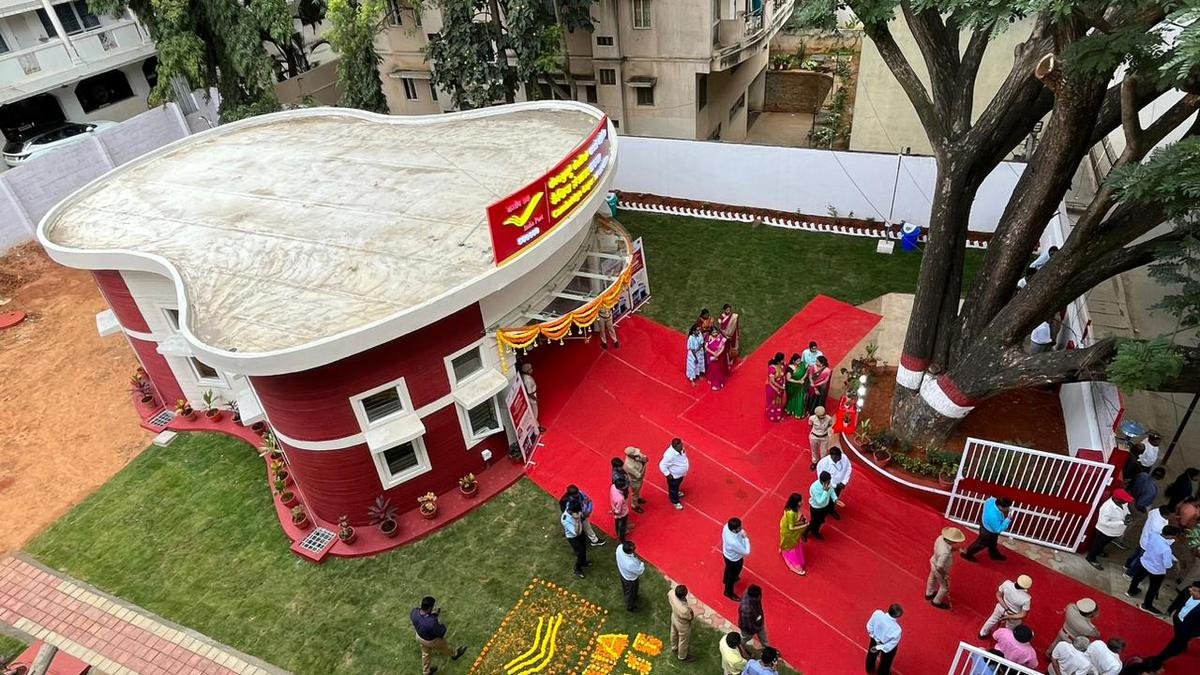
3D Printing
- 3D printing is a process of creating Three-Dimesional objects from digital models by adding material layer by layer.
- It involves building up layers of materials like plastic, composites, or bio-materials to construct objects with varying shapes, sizes, rigidity, and colour.
- This process allows for more efficient and customized production compared to traditional subtractive manufacturing methods.
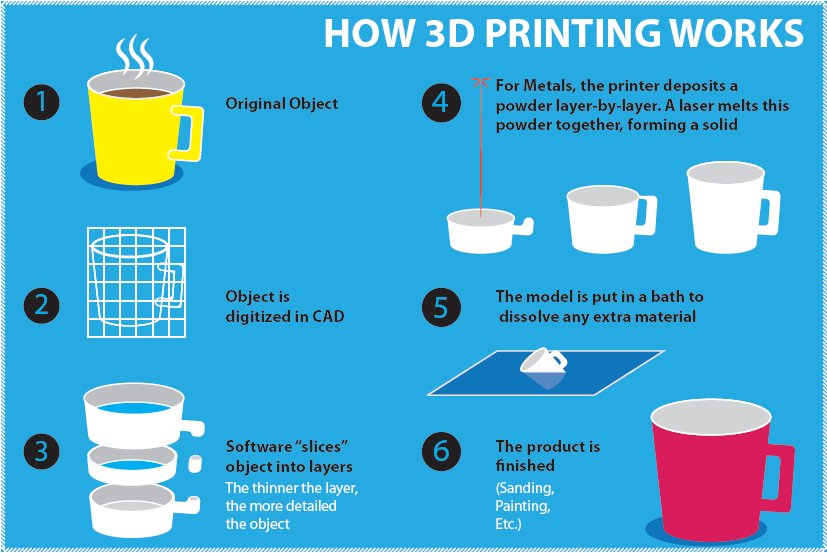
Types of 3D Printing Technology
- Fused Deposition Modeling (FDM): FDM uses melted plastic filament to create objects layer by layer.

- Stereolithography (SLA): SLA uses a liquid resin that is cured with UV light to create solid objects.

- Selective Laser Sintering (SLS): SLS uses a laser to melt and fuse together powdered material, such as metal, plastic, or ceramic.

- Digital Light Processing (DLP): DLP also uses a liquid resin similar to SLA, but it uses a digital projector to cure and create the final object.

- Direct Energy Deposition (DED): DED uses a high-energy heat source to melt and deposit material and is often used in metal printing.

- Electron Beam Melting (EBM): EBM uses an electron beam to melt and fuse together metal powder to create solid metal objects It is similar to SLS, but uses an electron beam instead of a laser.

- Laminated Object Manufacturing (LOM): During the LOM process, layers of adhesive-coated paper, plastic or metal laminates are fused together using heat and pressure and then cut to shape with a computer controlled laser or knife.


Application of 3-D printing
- Manufacturing: prototyping, tooling, end-use parts
- Medical: prosthetics, implants, tissue engineering
- Construction: architectural models, building components
- Aerospace: aircraft parts, rocket engines
- Automotive: car parts, engine components
- Fashion: jewelry, accessories, clothing
- Food: edible objects, food packaging
- Art: sculptures, figurines, jewelry
- Education: teaching tools, models, simulations
- Research: prototyping, testing, drug delivery
- Consumer: toys, gadgets, home goods
{Prelims – AIH – 2023/08/21} Megalithic Site
- Context (TH): A large number of megalithic “hat stones” were found at a single site during an archaeological excavation in Kerala.

What are Megaliths?
- Megaliths are large stones used to construct prehistoric structures or monuments, either alone or with other stones.
- They were built as either burial sites or commemorative memorials.
- In India, most megaliths date back to the Iron Age (1500 BC to 500 BC), though some sites precede the Iron Age, extending up to 2000 BC.
Different Types Of Megalithic Structures
- Stone Circles: Also known as “cromlechs,” these are circles of standing stones, often used for ceremonial or astronomical purposes.
- Dolmens: These structures consist of a large capstone supported by two or more upright stones, forming a chamber below. They were often used as tombs or burial chambers.
- Cists: These are small, stone-built coffin-like boxes used to hold the bodies of the dead. They were often buried underground and could be single- or multiple-chambered.
- Monoliths: These are single-standing stones erected in prehistoric times. The term is sometimes used interchangeably with “megalith” and “menhir.”
- Capstone style: This refers to single megaliths placed horizontally over burial chambers, without the use of support stones.


Key findings
- Hat stones, popularly called Thoppikkallu in Malayalam, are hemispherical laterite stones used as lids on burial urns during the megalithic period and are found here.
- The findings may throw light on the life and culture of people who lived in Kuttippuram village, near Tirunavaya, Kerala more than 2,000 years ago.
{Prelims – Envi – Invasive Species – 2023/08/21} Yellow-Legged Hornet
- Context (TP): The first live specimen of a yellow-legged hornet, which “poses a threat to honeybees and other pollinators,” has been detected in the wild in the United States For the first time.
- The Asian hornet, or yellow-legged hornet is a species indigenous to southeast asia.
- It is a predatory insect that feeds on other social bees and wasps, including honey bees.
- This species has become threat to local enviroment as it is invasive nature.
- It is distinct from the infamous Asian Giant Hornet,also referred as “murder hornet,“ which is a different and larger species found in parts of Asia, including Japan.
- While both species are predators of bees, the Yellow-Legged Hornet has become a particular concern in parts of Europe due to its invasive nature and impact on local ecosystems.
Features
- It has a dark brown or black body with a distinctive bright yellow or orange band on its fourth abdominal segment.
- As its name suggests, it has yellow legs, which is a key identifying feature.
- It is a very aggressive species and its sting is very painful.


{Prelims – Envi – Species – 2023/08/21} White-Bellied Sea Eagle
- Context (TH): The white-bellied sea eagle is a large diurnal bird of prey in coastal areas of Southeast Asia, Australia, and New Guinea.
- Like many raptors, the female is larger than the male.
- Habitat: They live primarily in terrestrial habitats near the ocean, especially coasts, islands, and estuaries, but they also live in forested areas with access to smaller bodies of water.
- Most live at elevations around 900 m, with the highest elevation recorded at 1,700 m.
- Conservation Status: IUCN: Least Concern
- Although rated as Least Concern globally, it has declined in parts of southeast Asia such as Thailand, and southeastern Australia.
What is a Diurnal bird?
|


{Prelims – Envi – Species In News – 2023/08/21} Namoh 108 & NBRI-Nihar
- Context (HT I TW): CSIR-National Botanical Research Institute (NBRI) launched an improved variety of the National Flower Lotus with 108 petals called ‘Namoh 108′.
- The Lotus variety is more weather resilient and can flower from March to December.
- CSIR-NBRI released apparel made from lotus fibre and a perfume developed from Lotus plants.
- This is the only lotus variety in India to have had its genome sequenced.
|

NBRI-Nihar
- A new variety of Aloe Vera ‘NBRI-Nihar’ was also launched.
- As per the Institute the new variety has 2.5 times more gel yield in comparison to normal Aloe vera
- It is also the least affected by bacterial and fungal diseases.
National Botanical Research Institute (NBRI)
|
{Prelims – Sports – 2023/08/21} Women’s World Cup
- Context (BBC): Spain beat England in the final of the Women’s World Cup (Football).
- Women’s World Cup 2023 was the ninth edition of the FIFA Women’s World Cup.
- This is the first title for a Spanish women’s team in the Women’s World Cup.
- With this win, Spain became only the second nation to clinch both the men’s and the women’s World Cups after Germany.
- Women’s World Cup titles:
- The United States is the most successful nation at the Women’s World Cup with four titles.
- Germany has won the tournament twice.
- Japan, Norway, and Spain now have a title each.





![PMF IAS Environment for UPSC 2022-23 [paperback] PMF IAS [Nov 30, 2021]…](https://pmfias.b-cdn.net/wp-content/uploads/2024/04/pmfiasenvironmentforupsc2022-23paperbackpmfiasnov302021.jpg)


